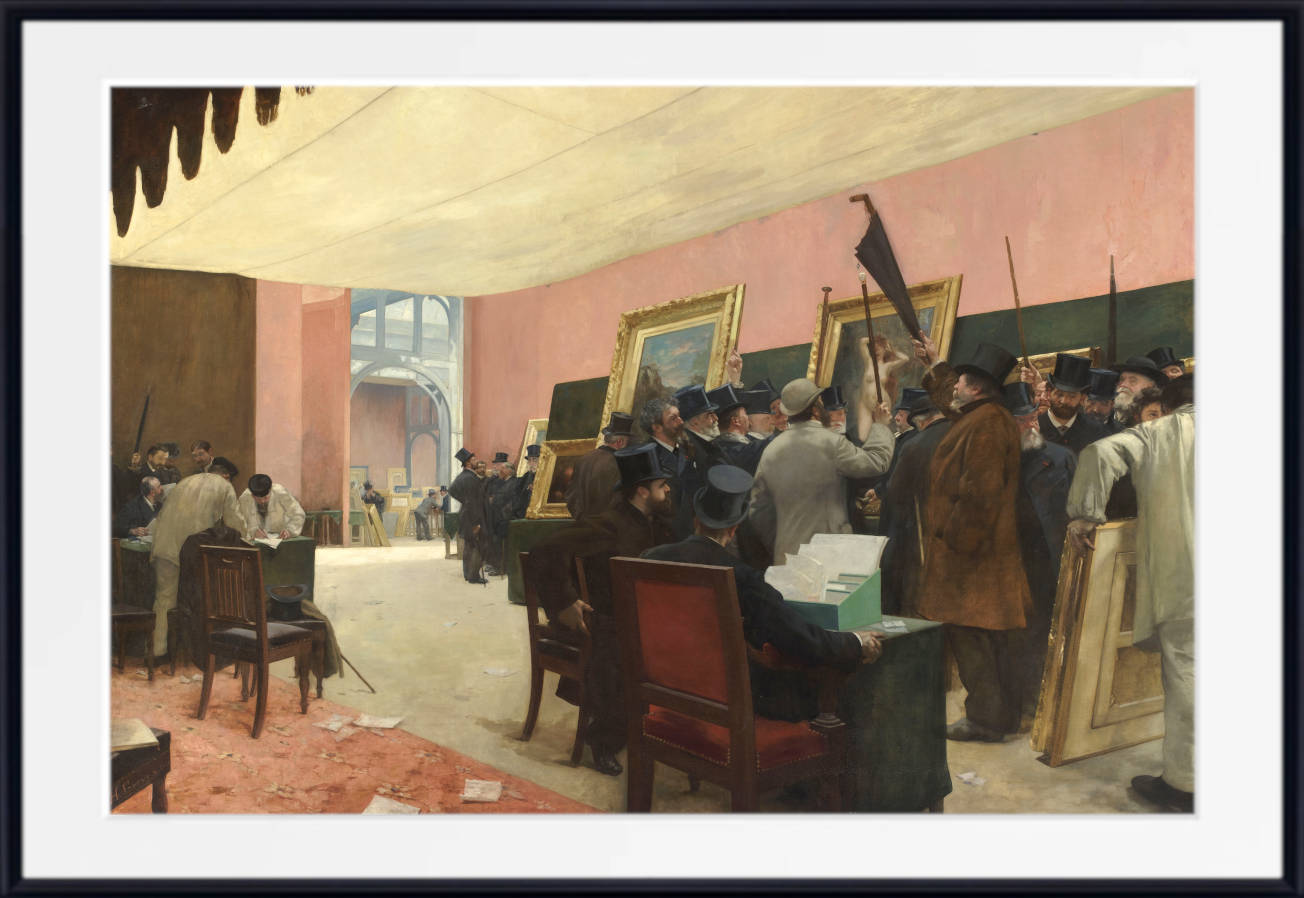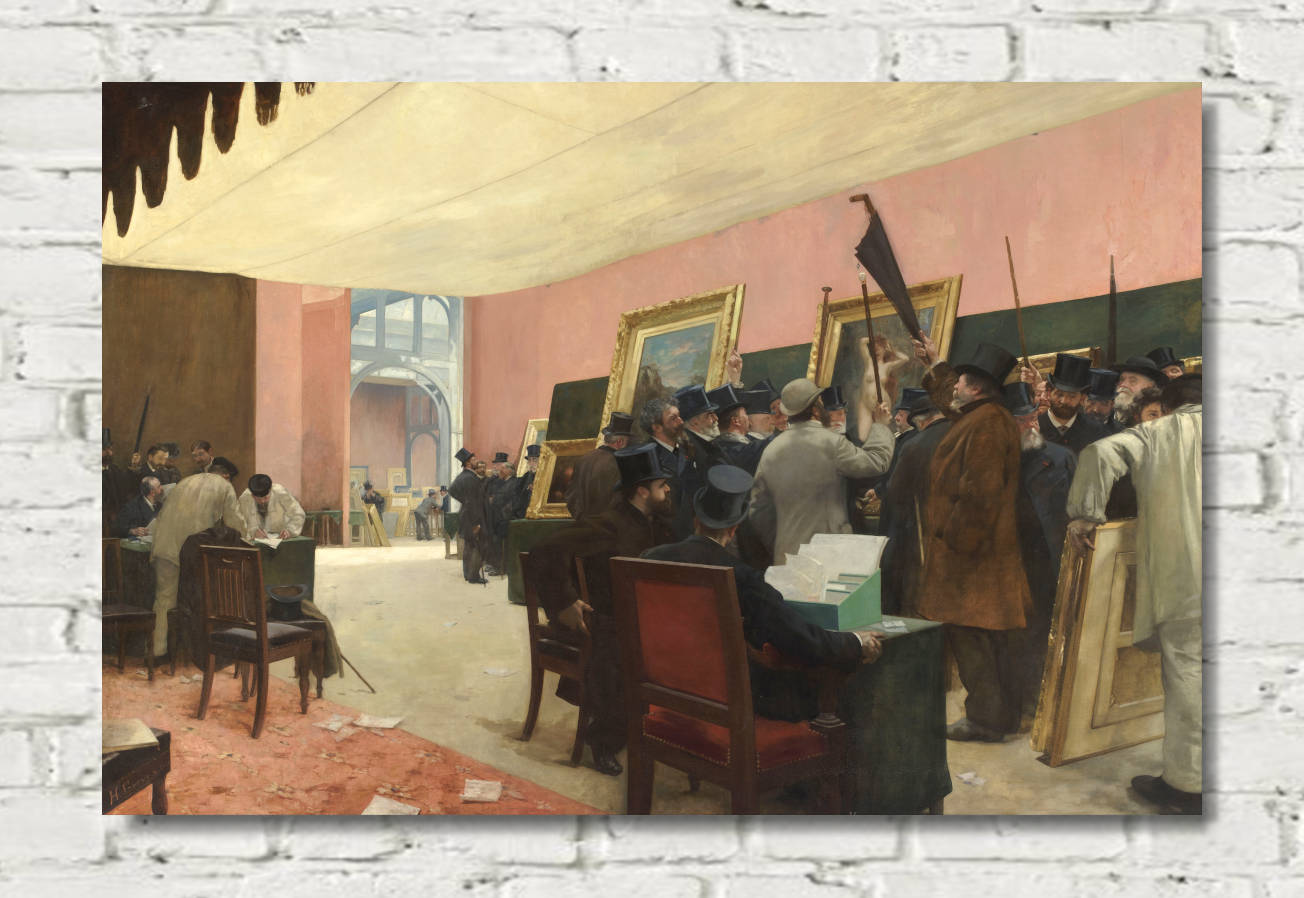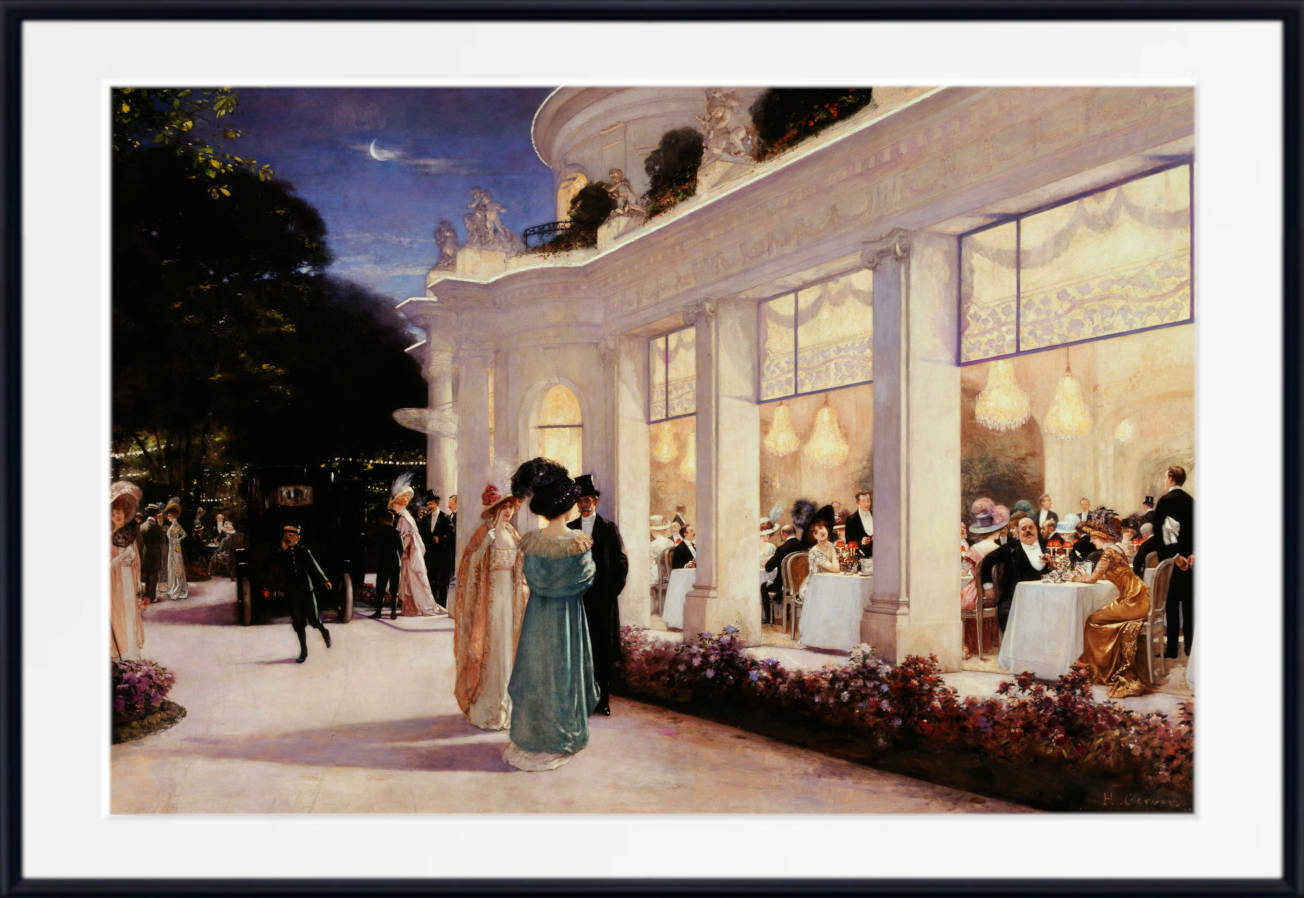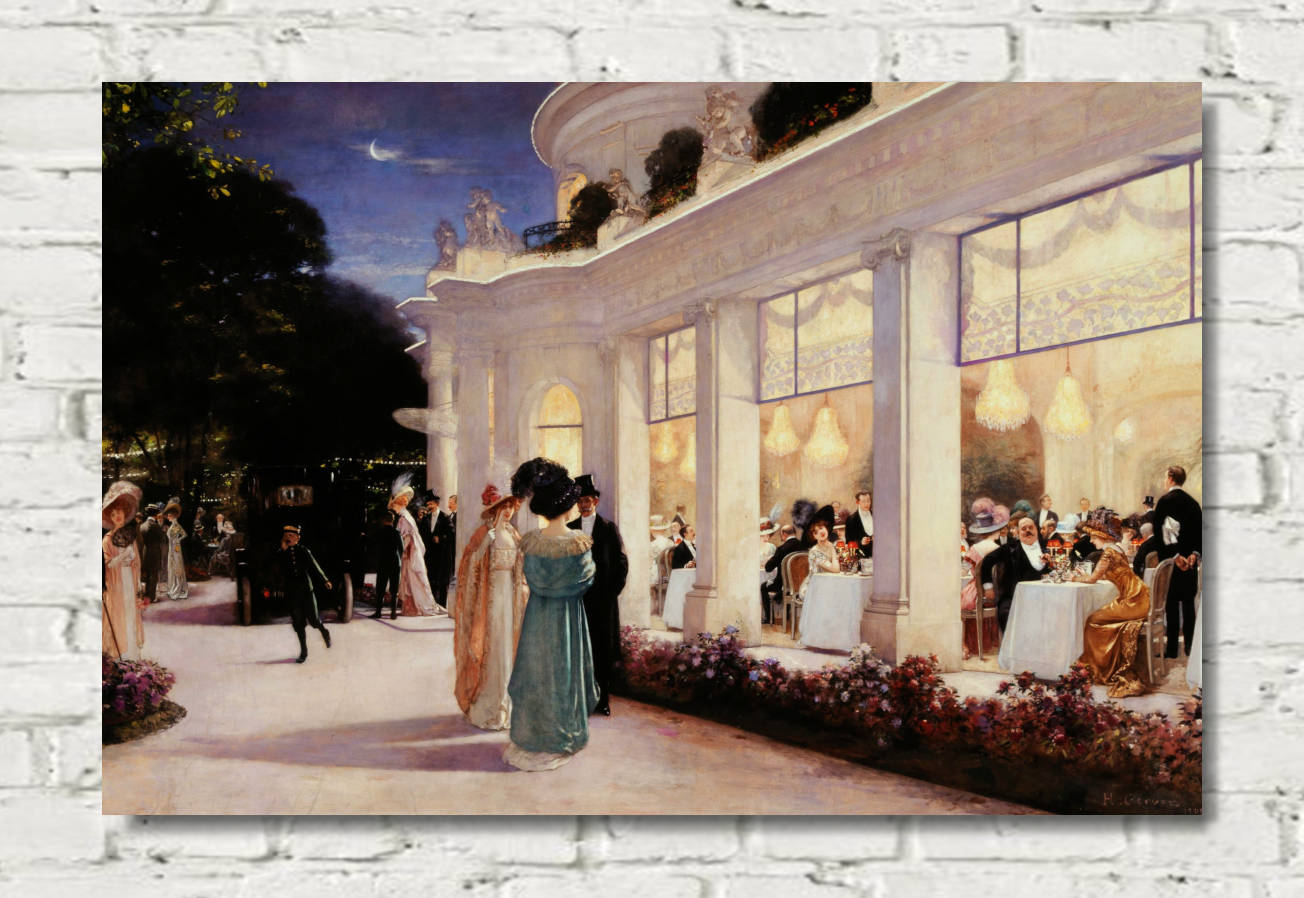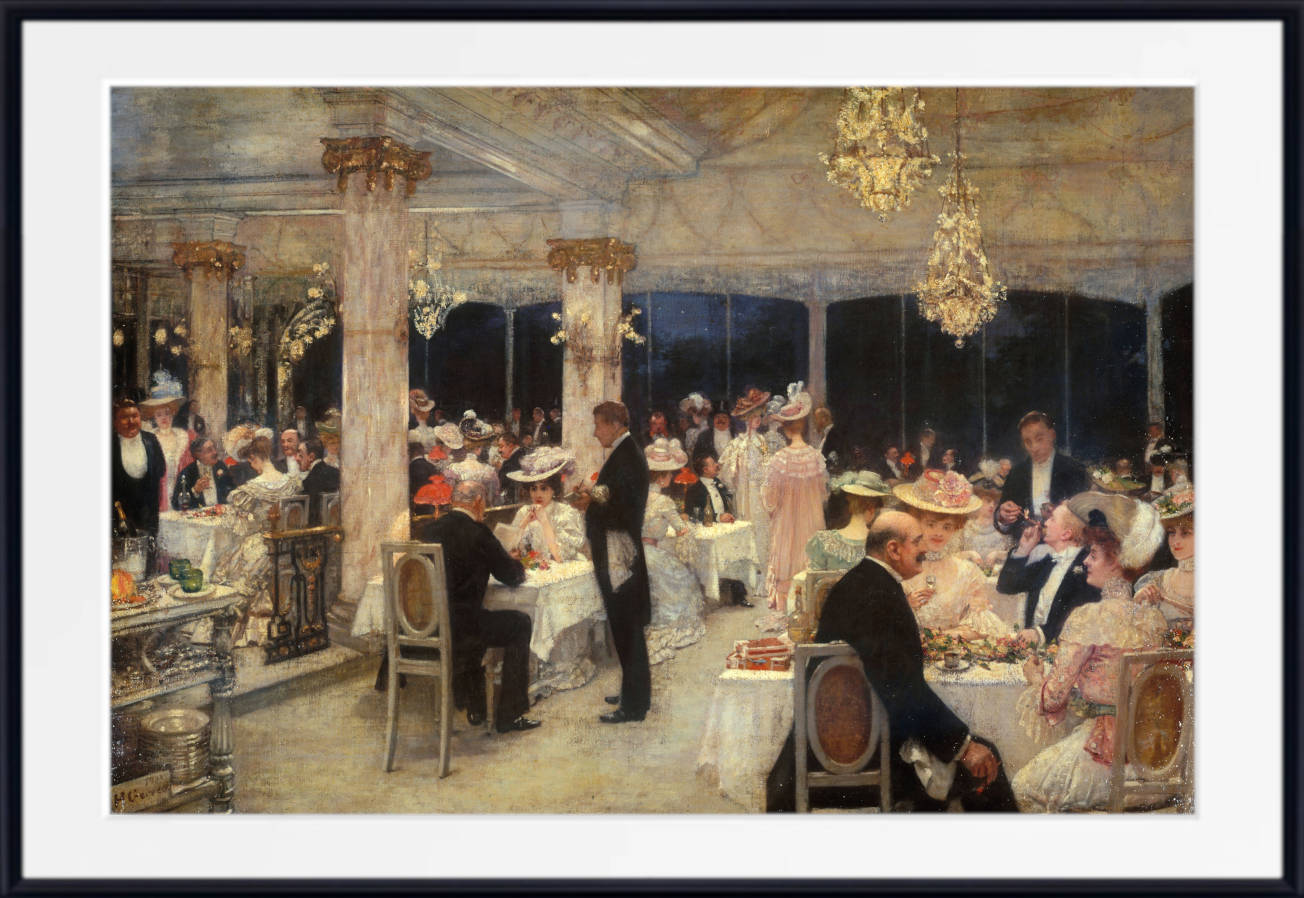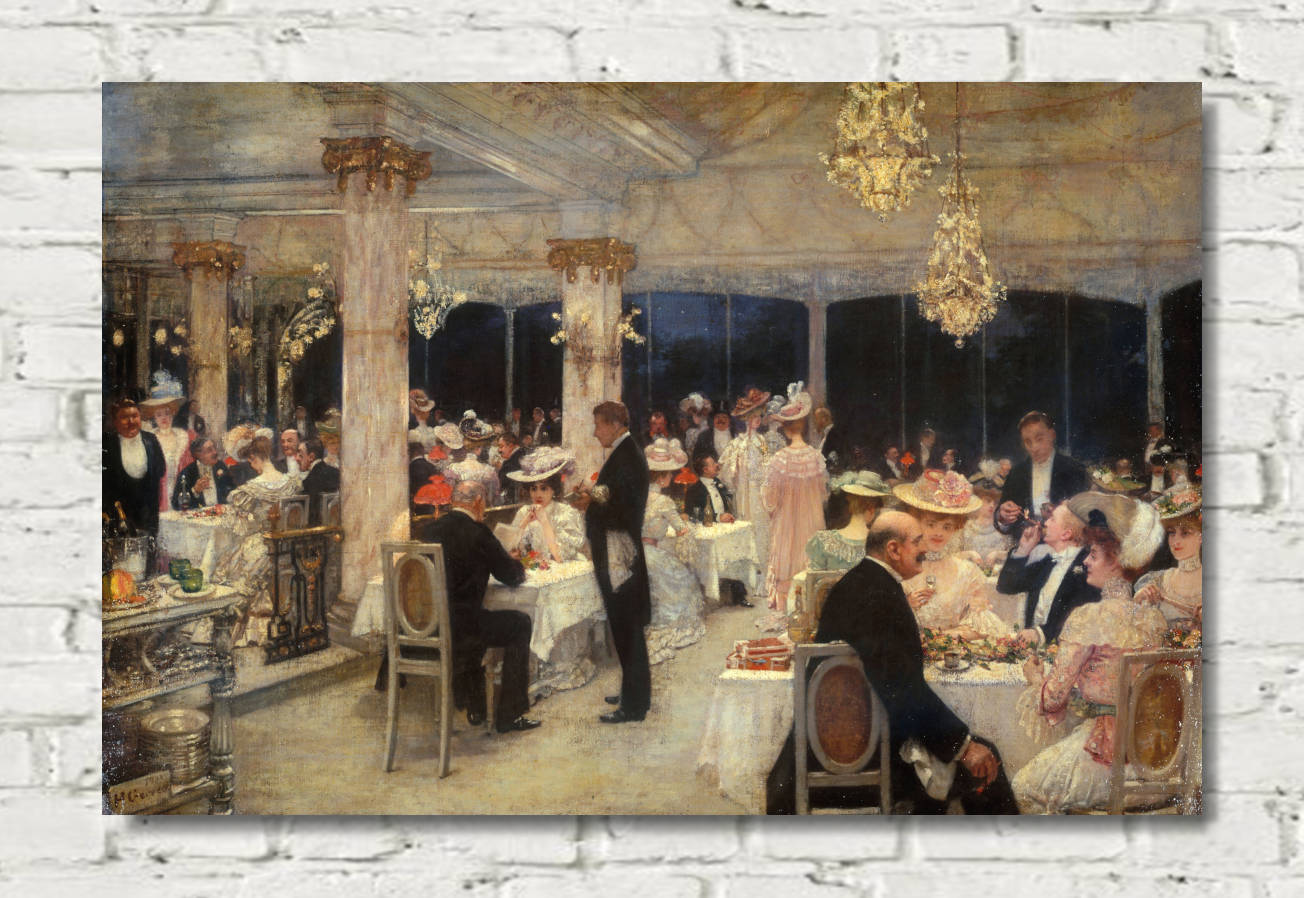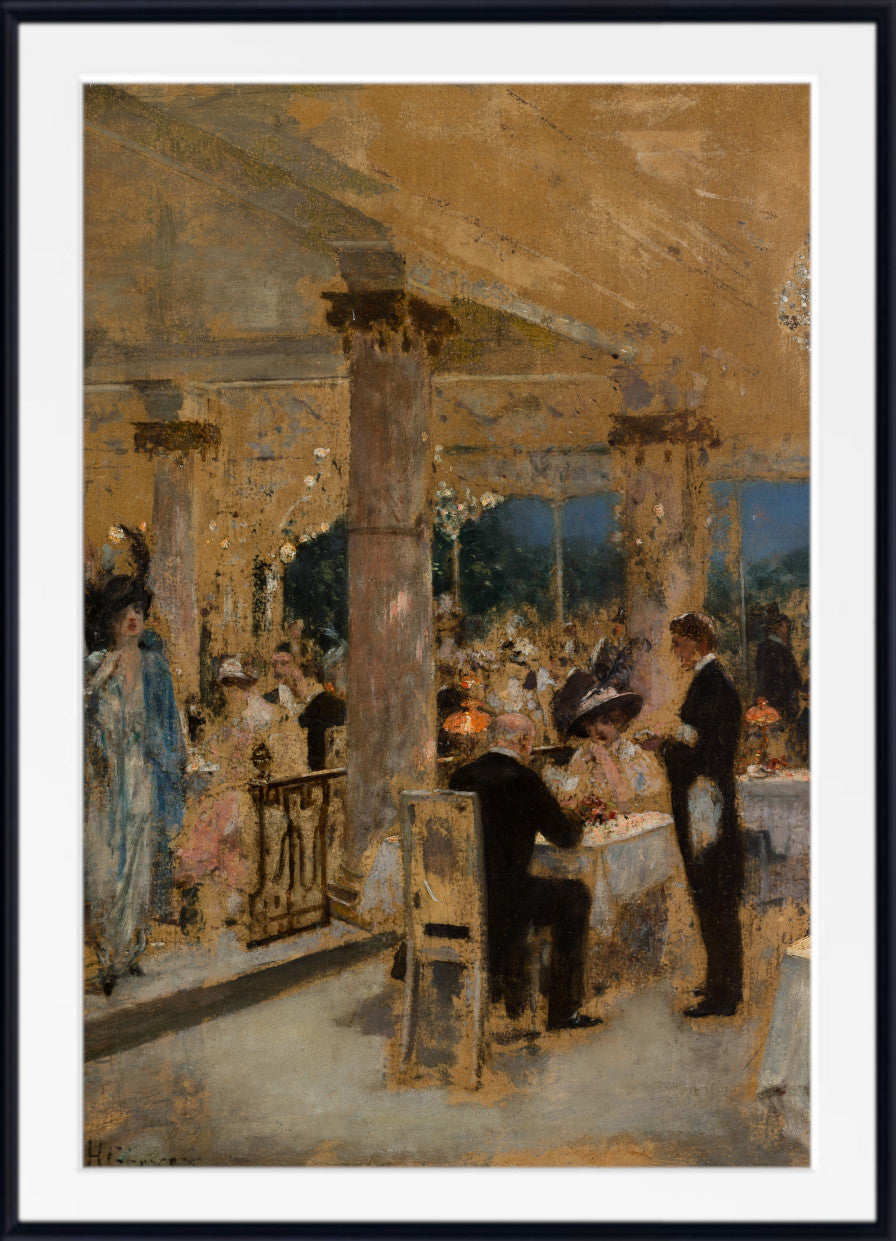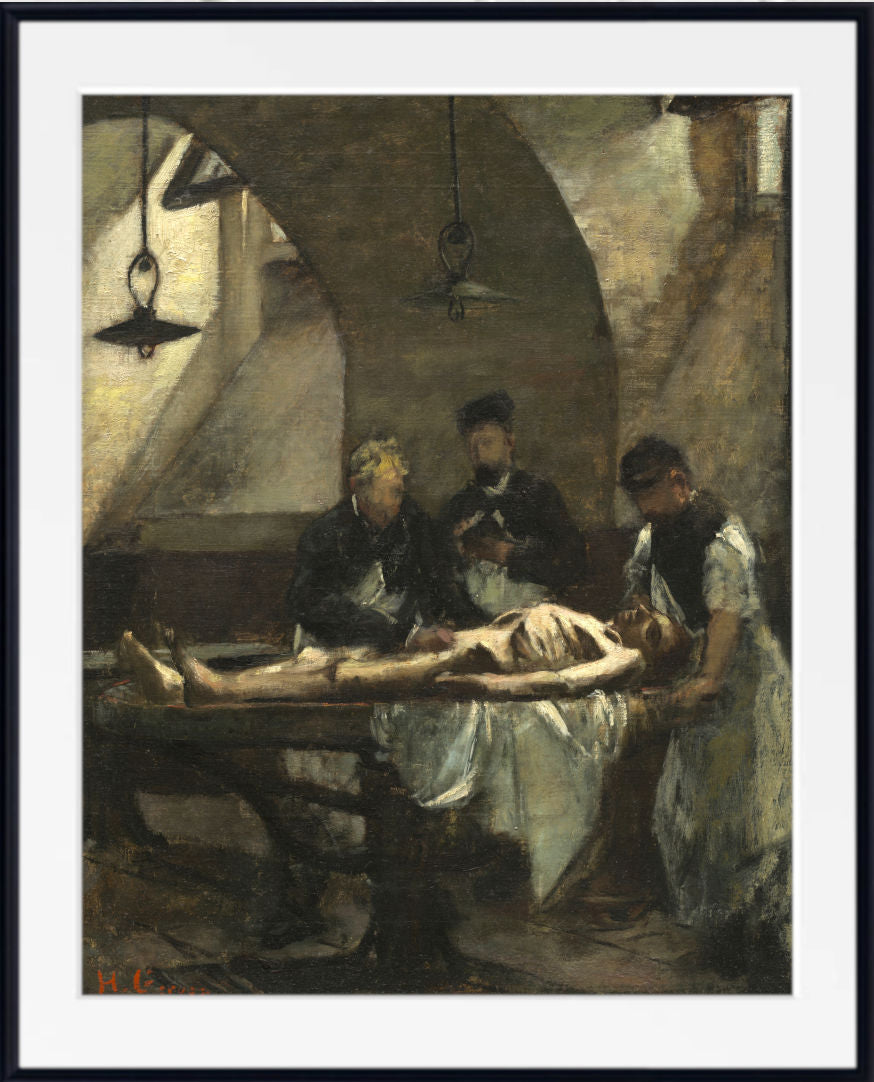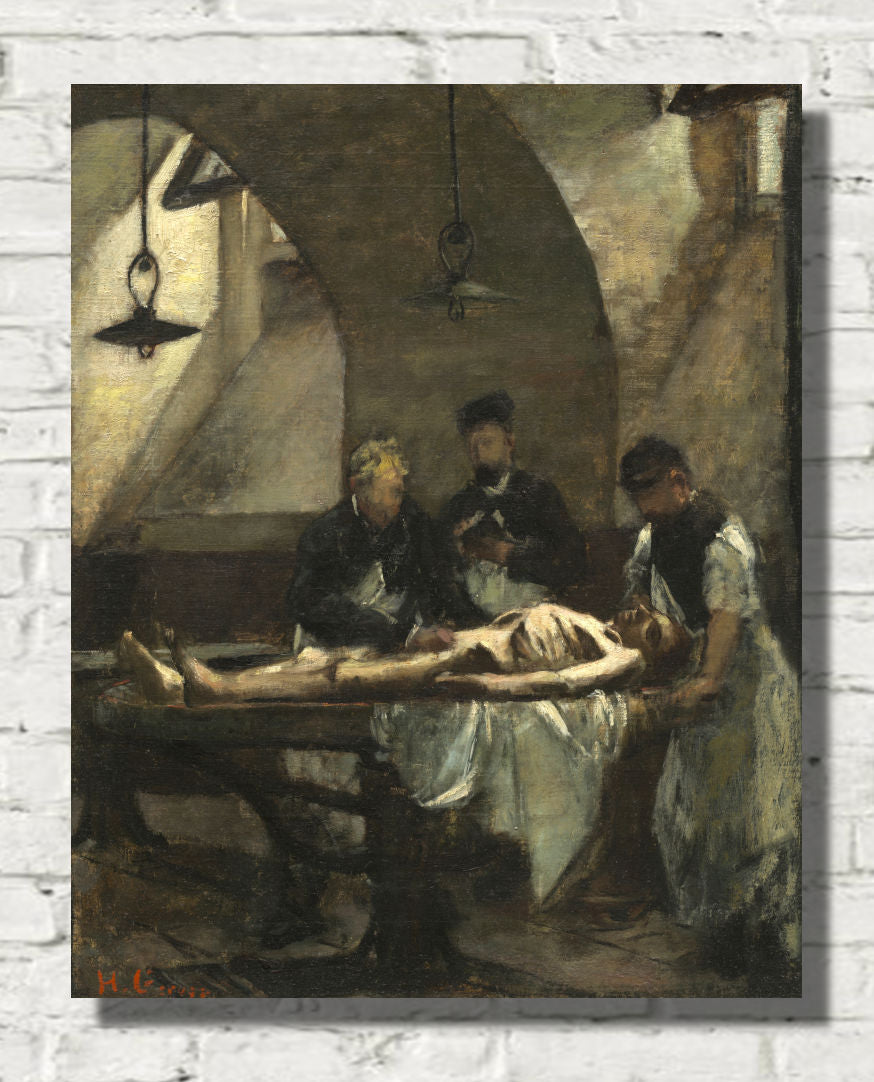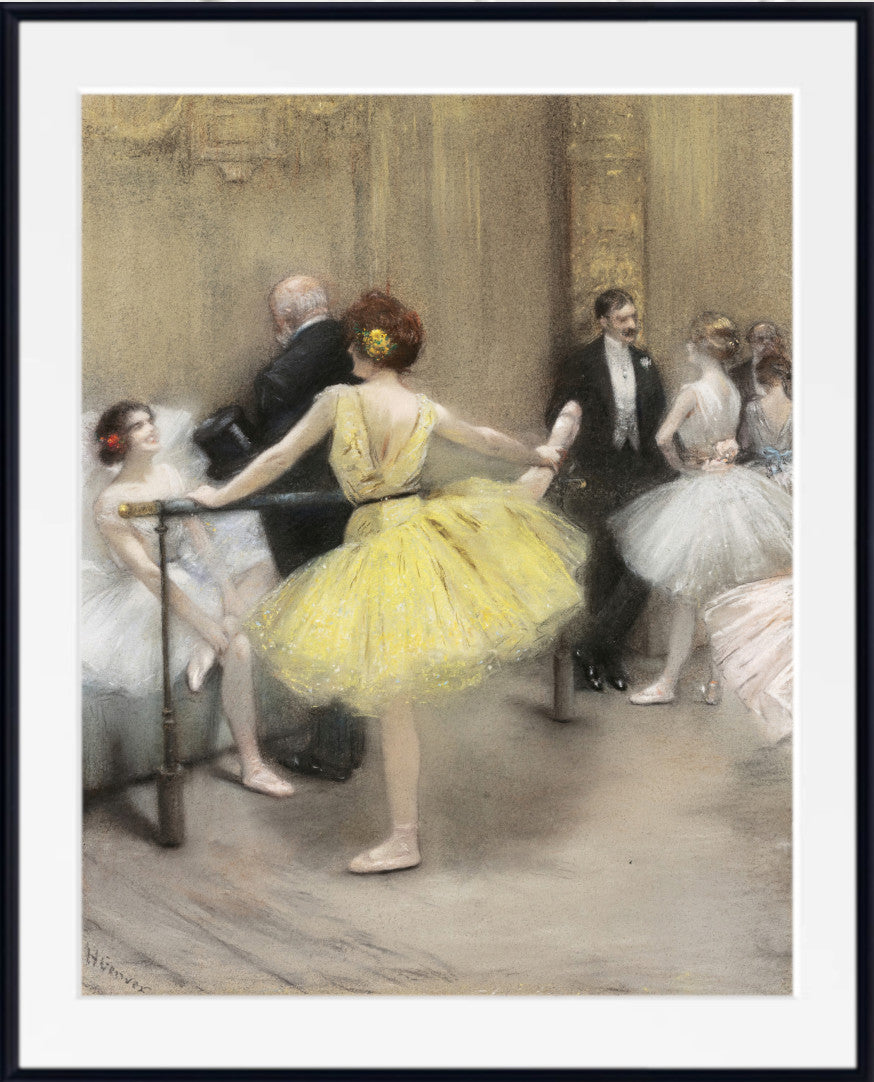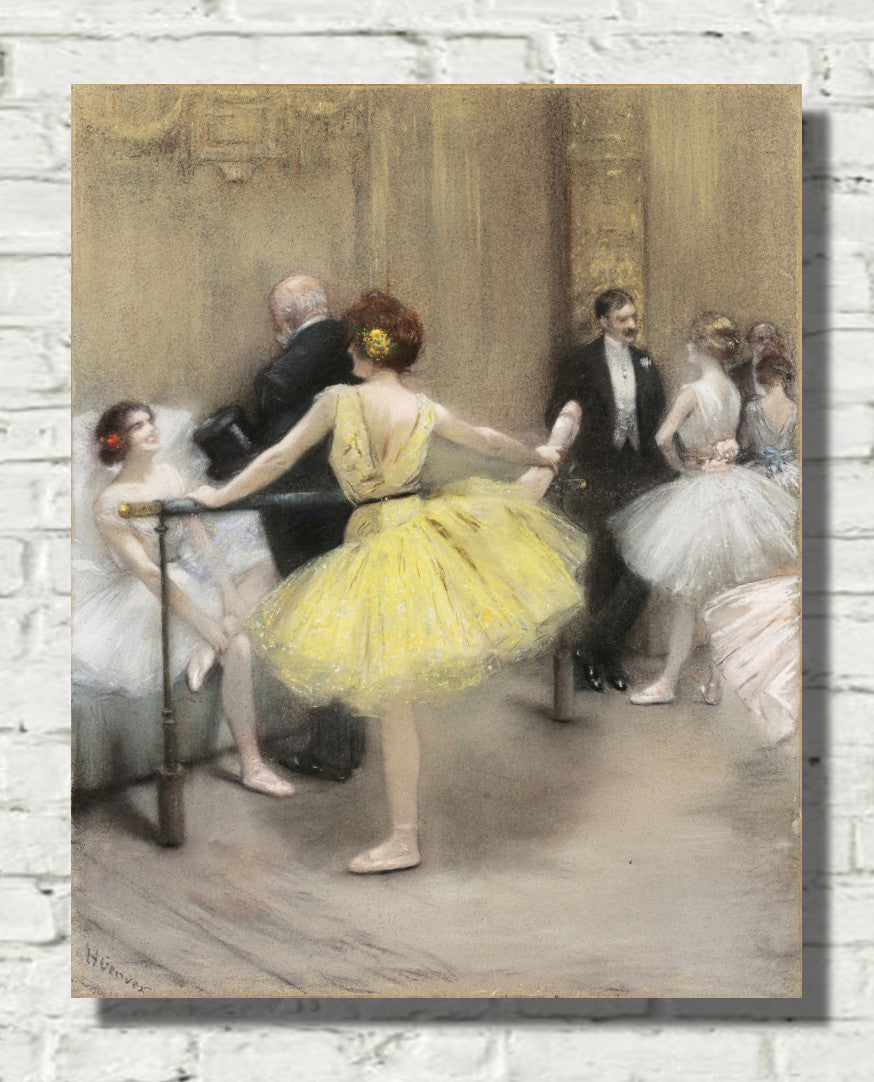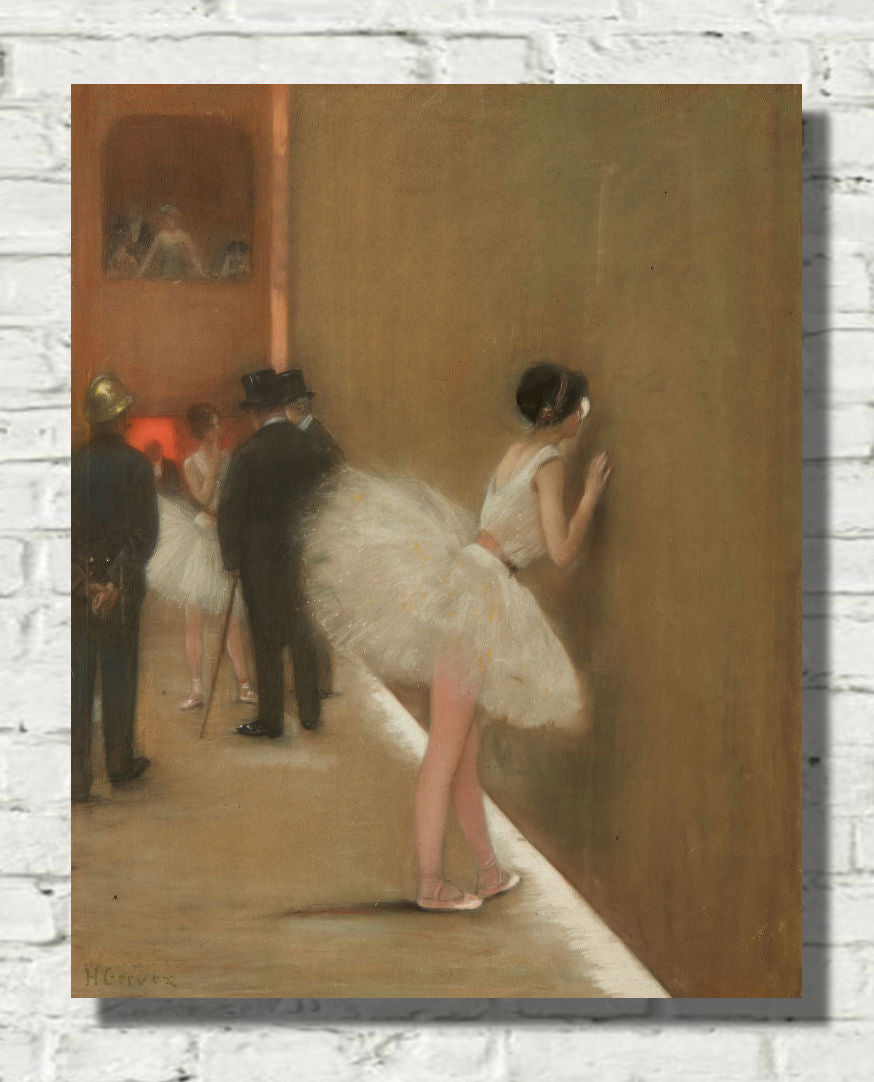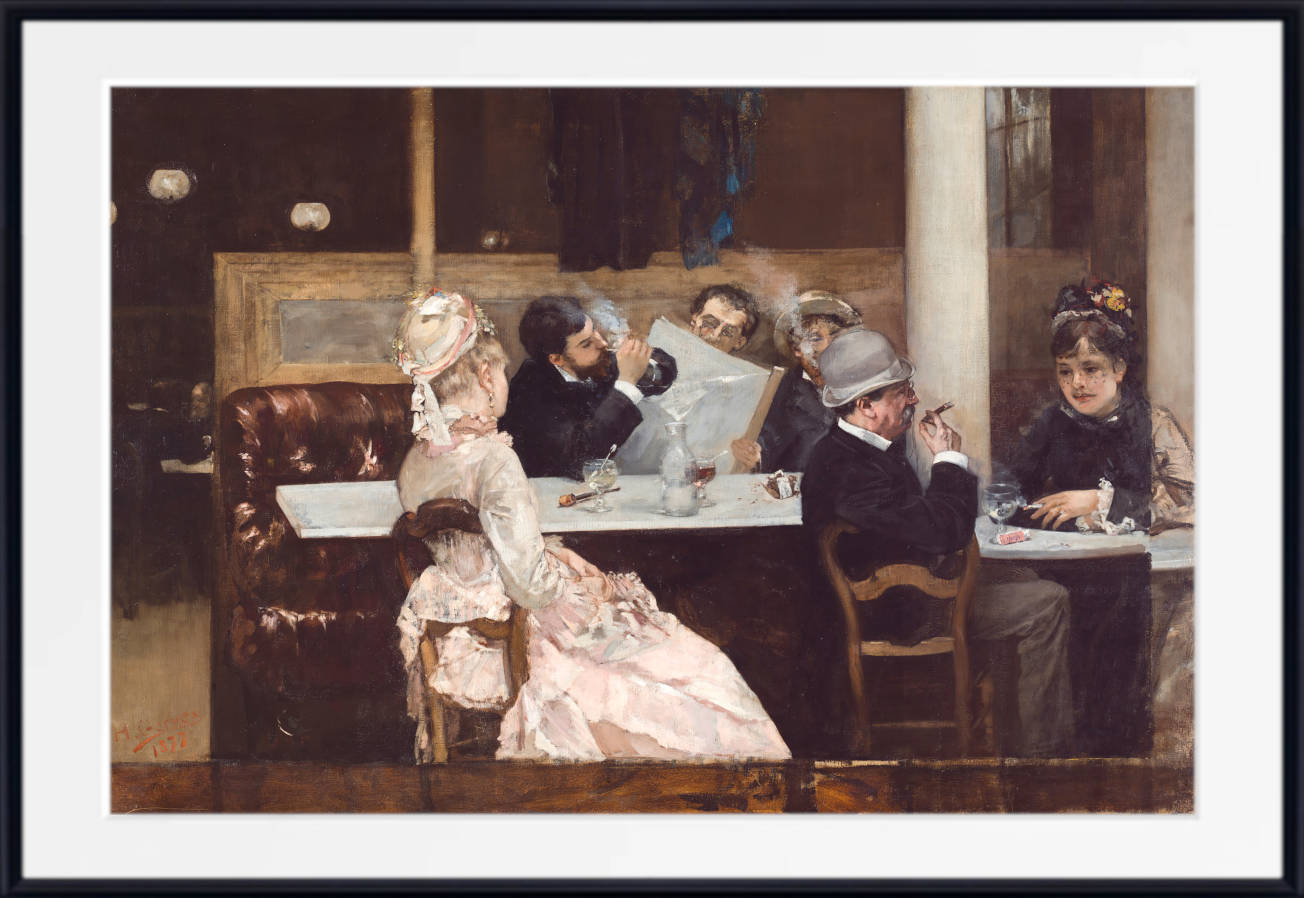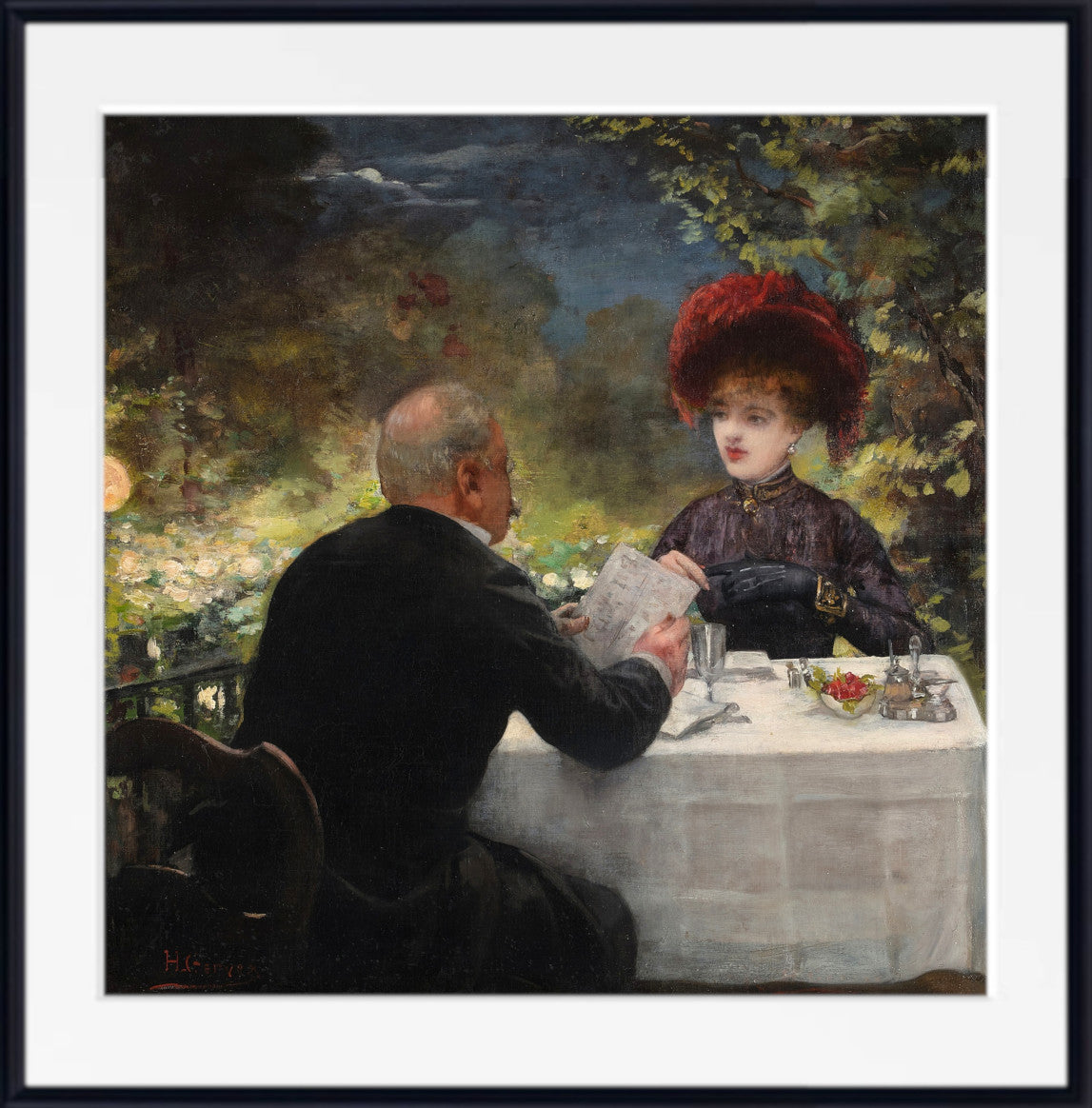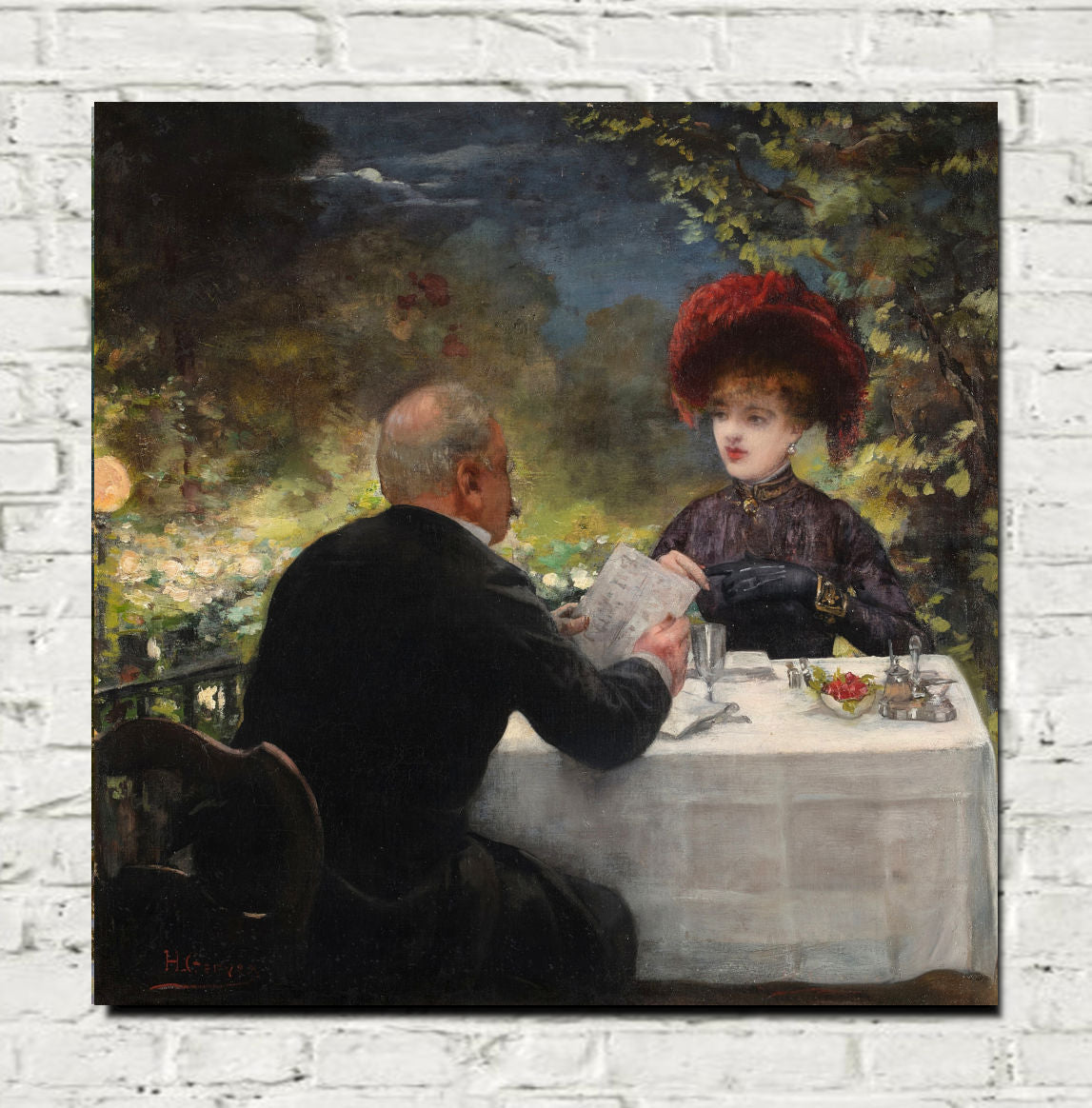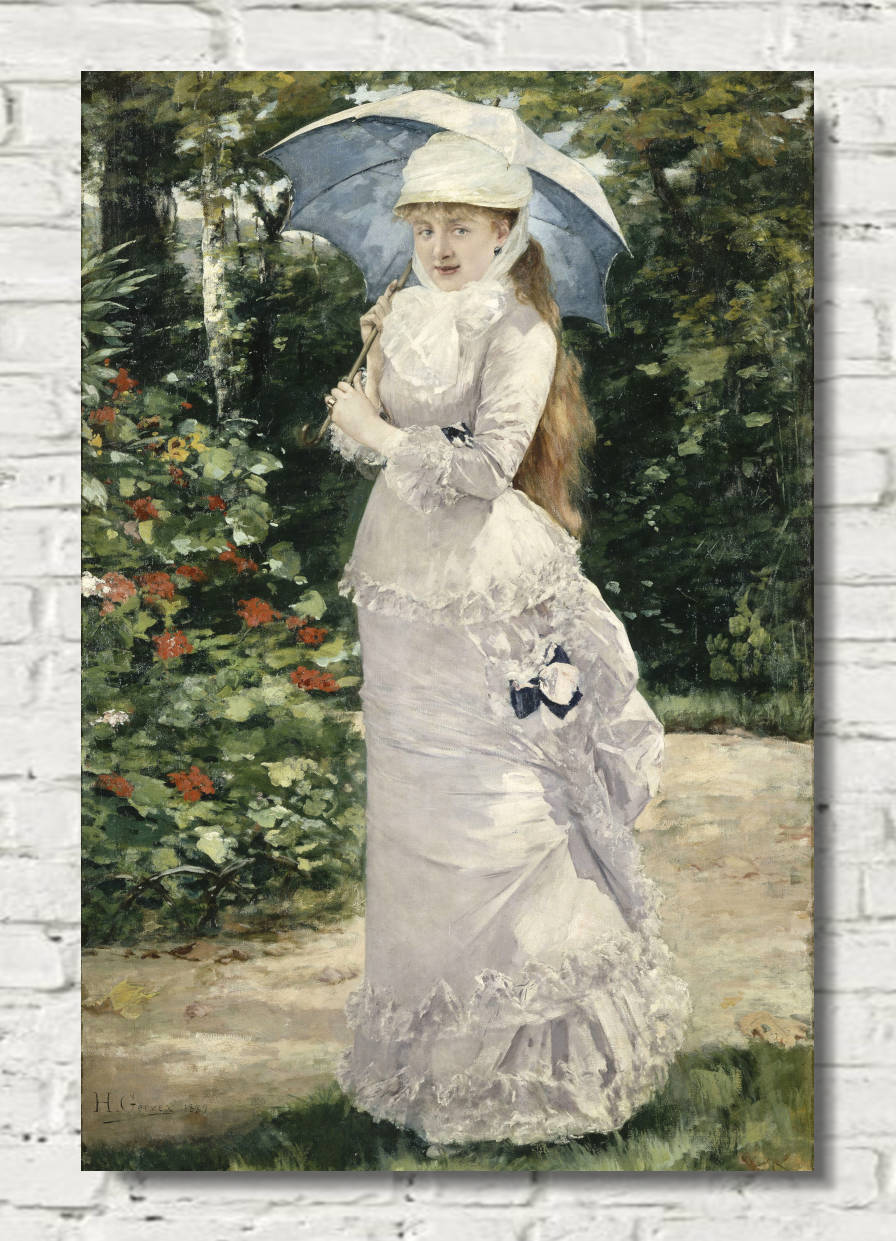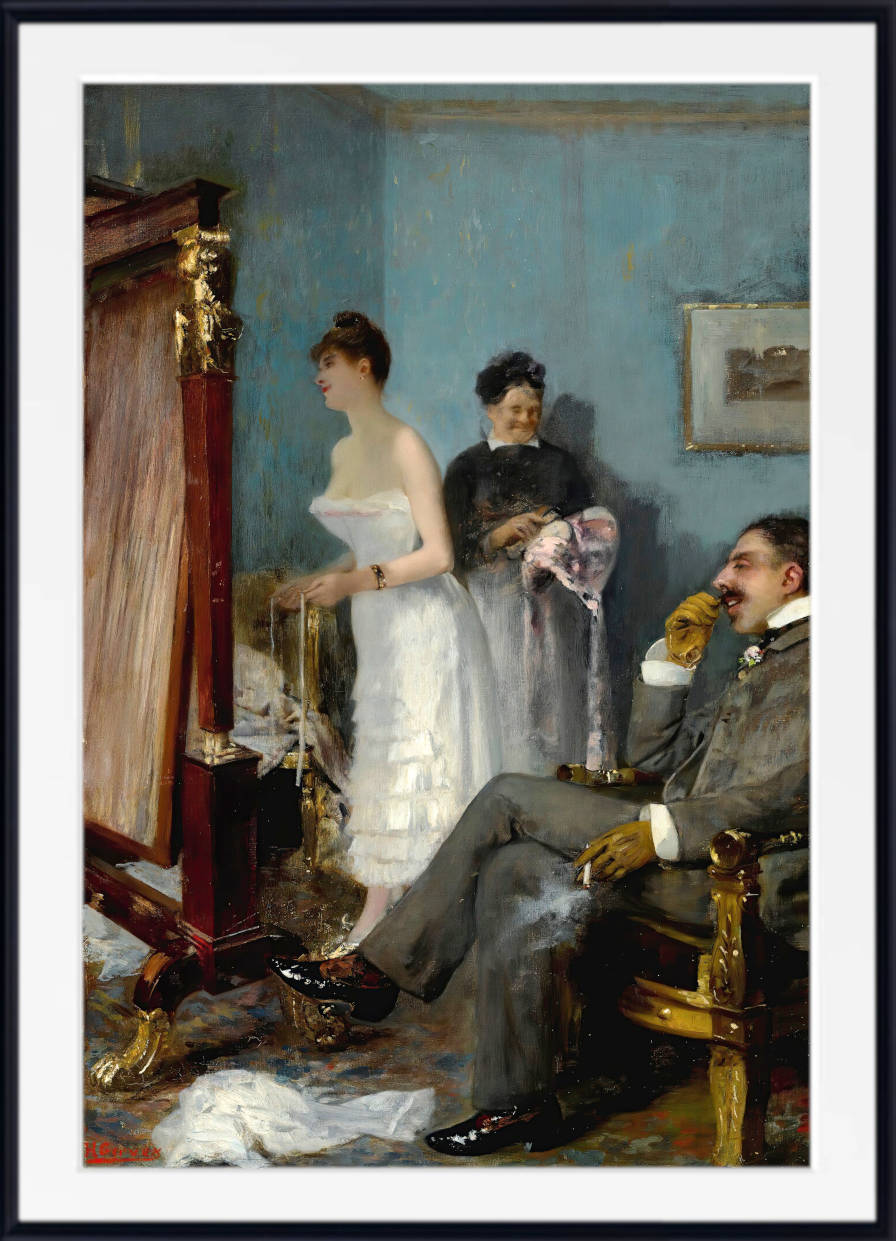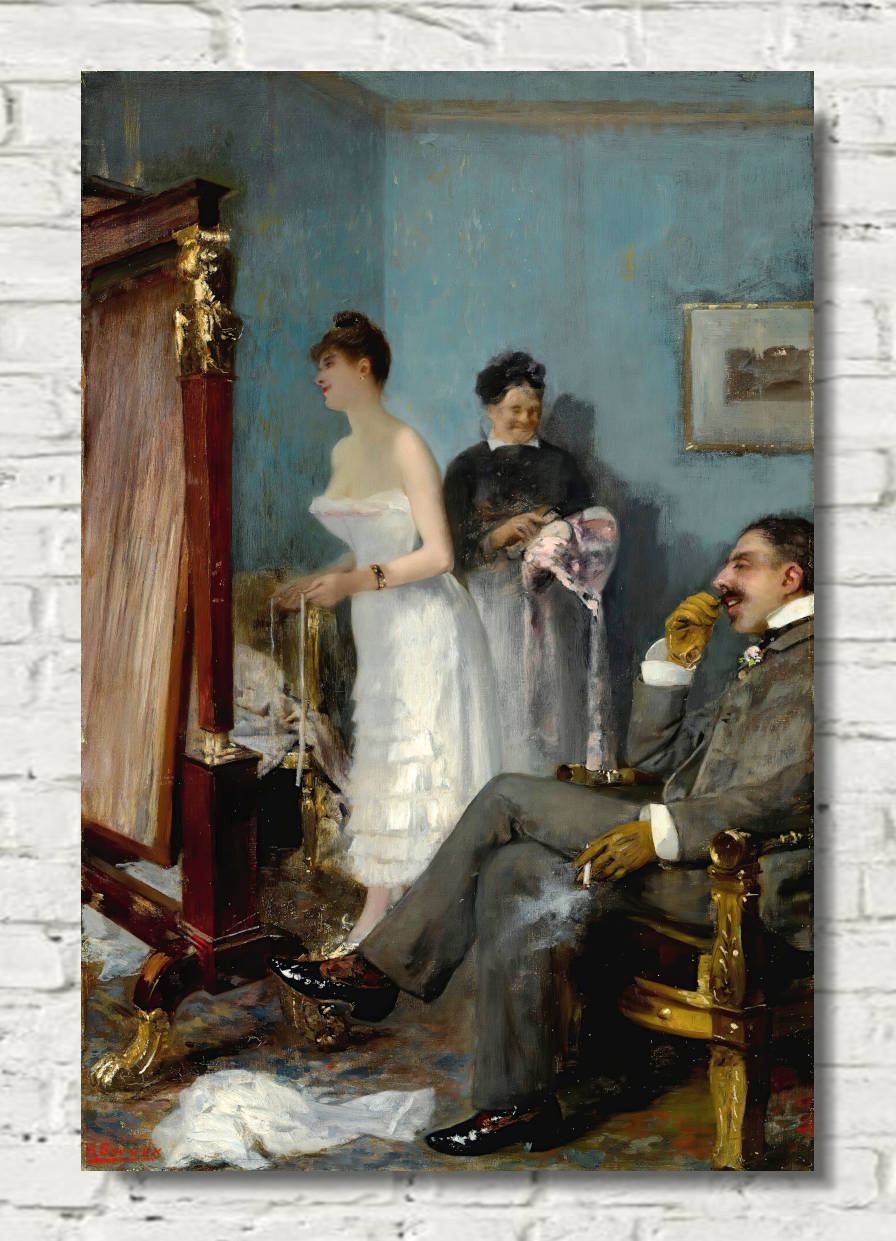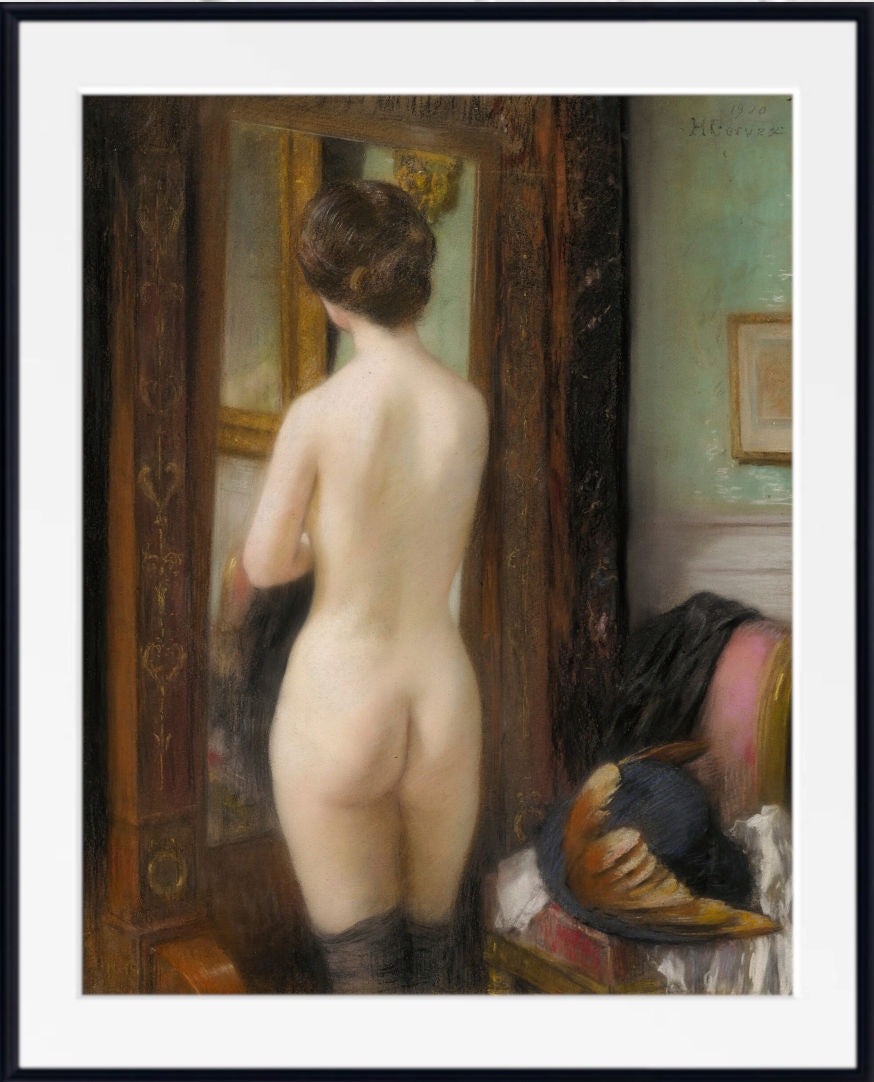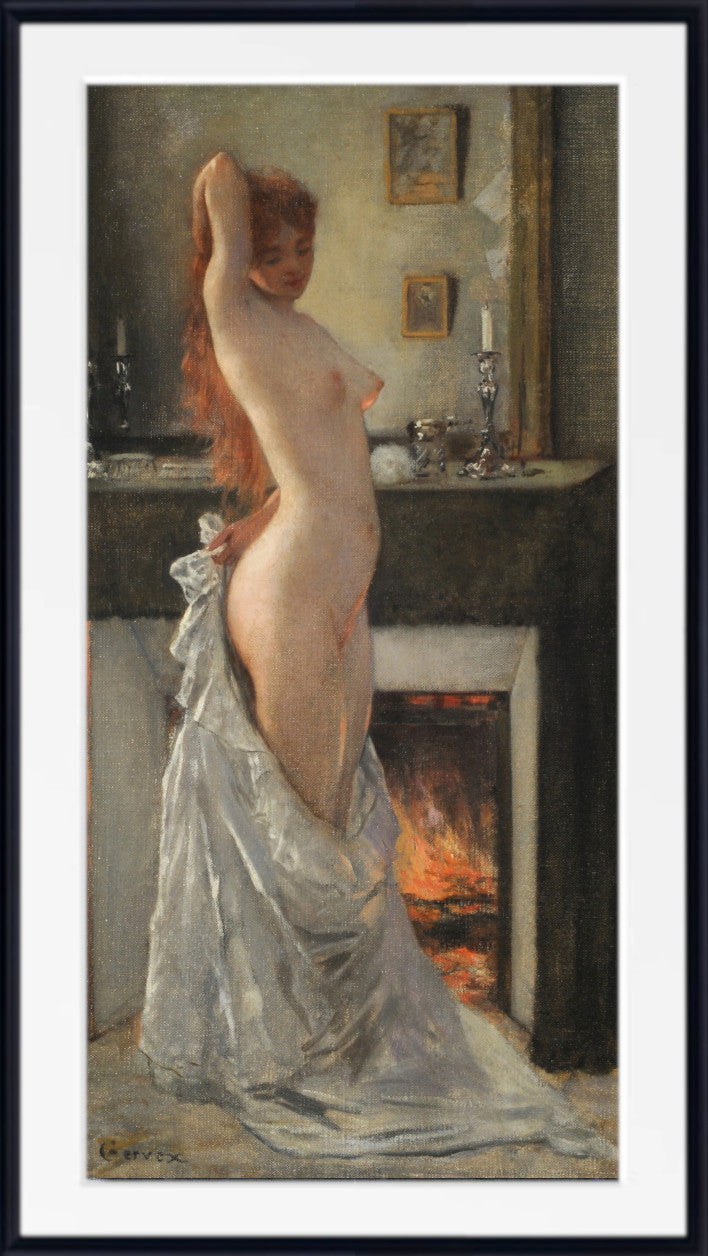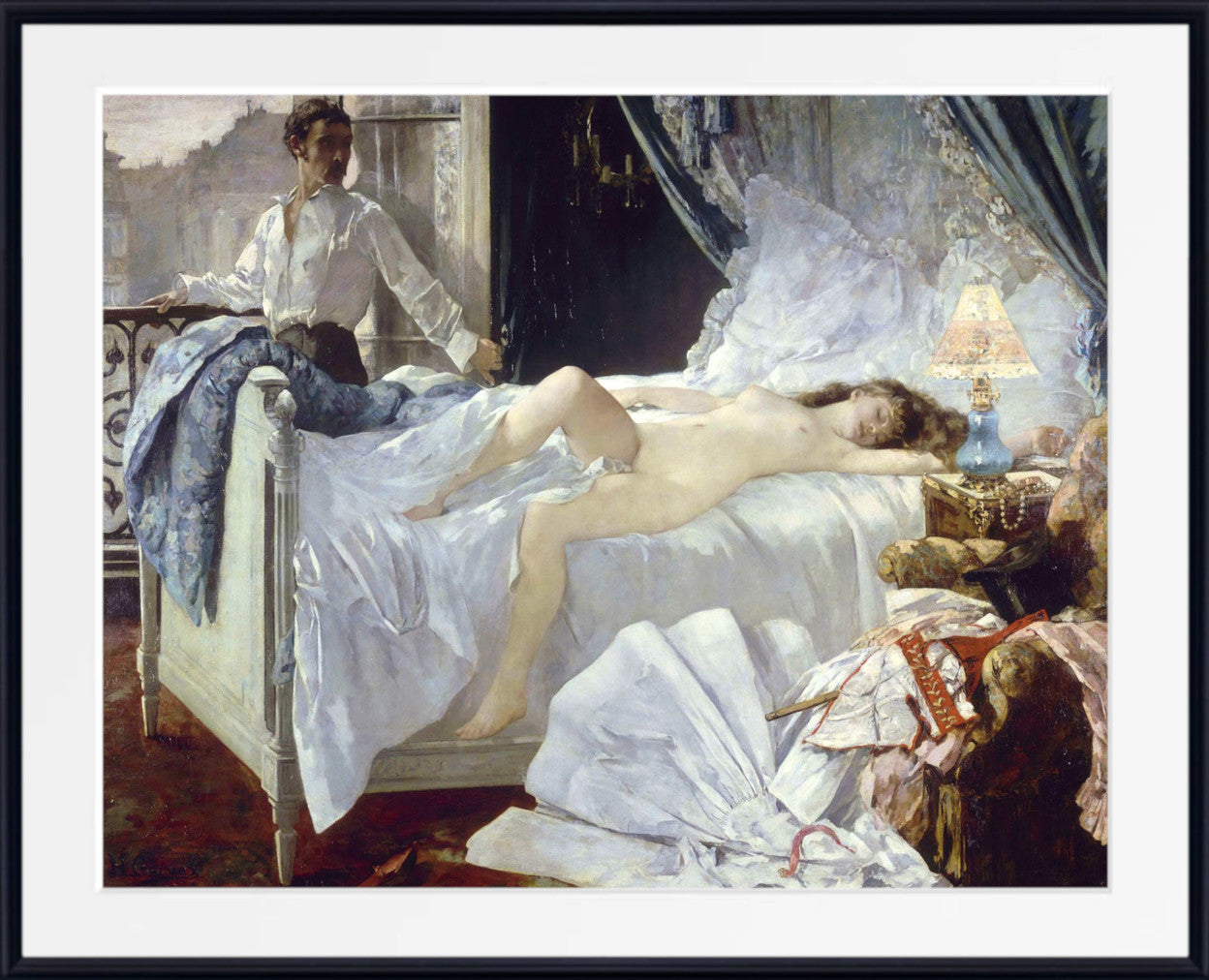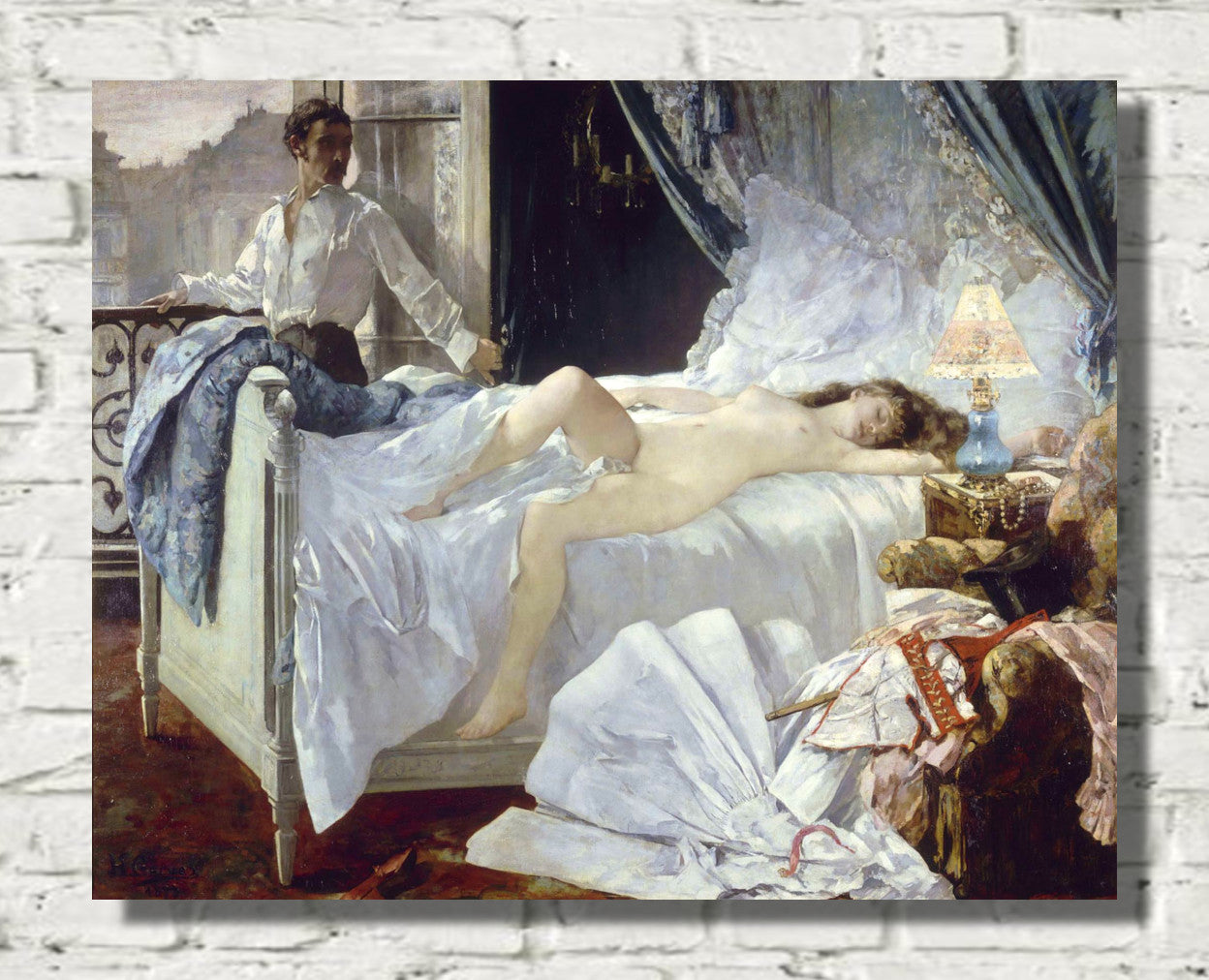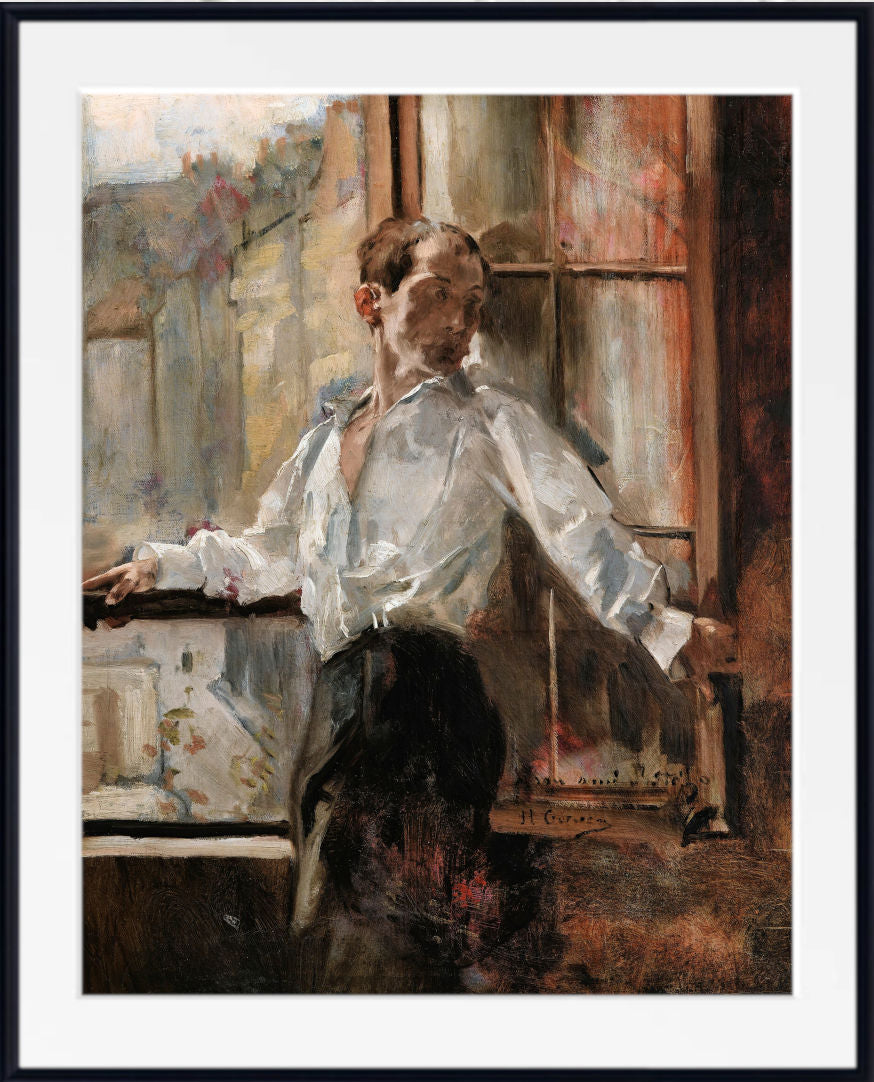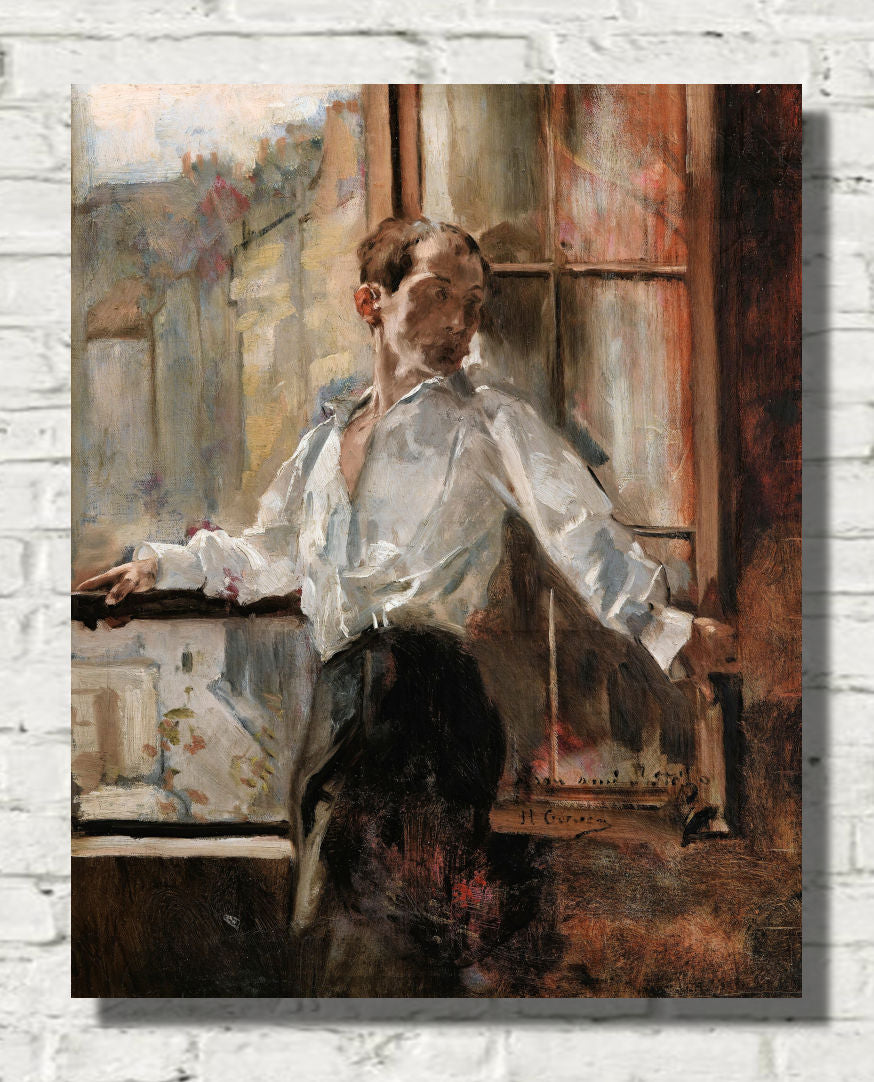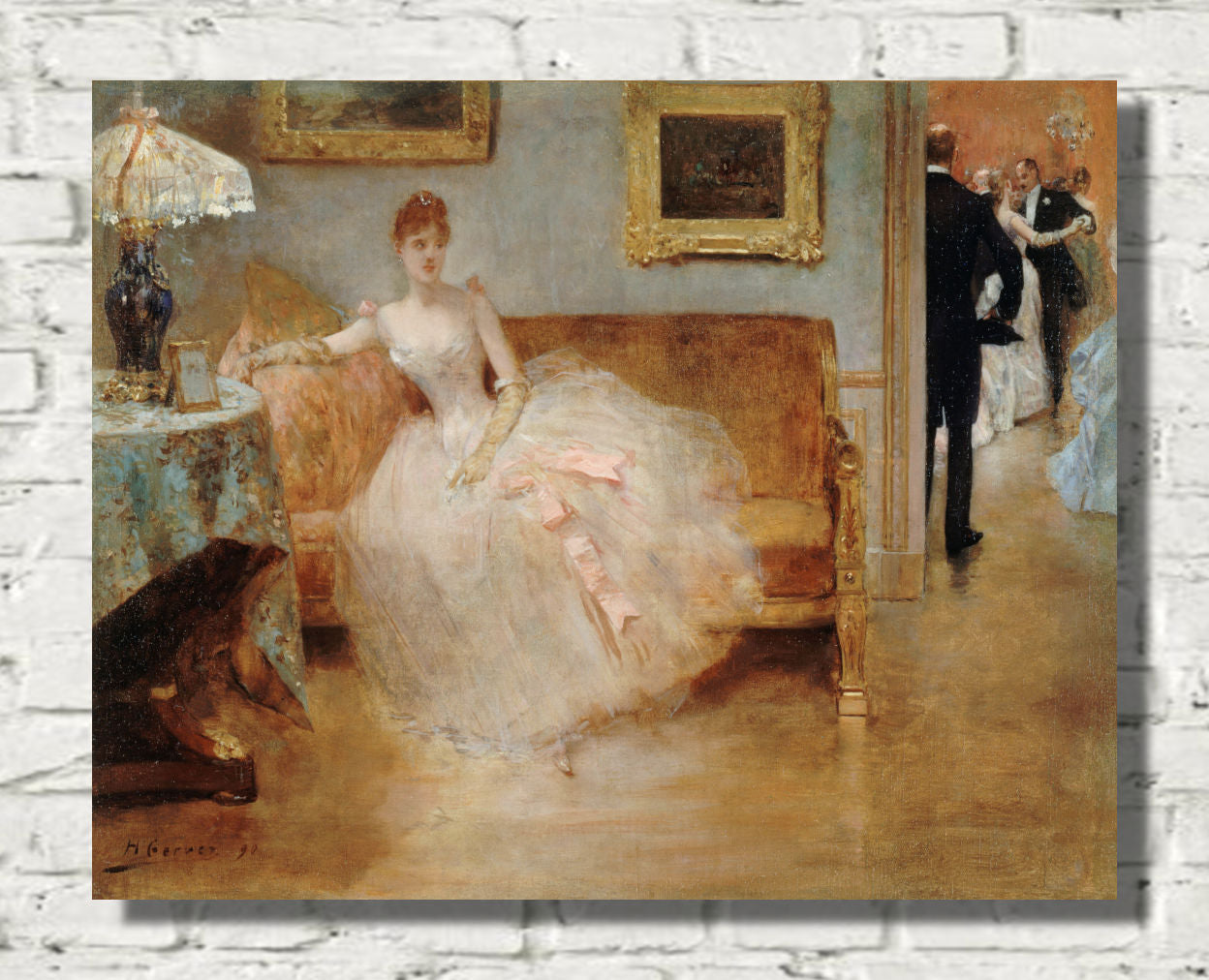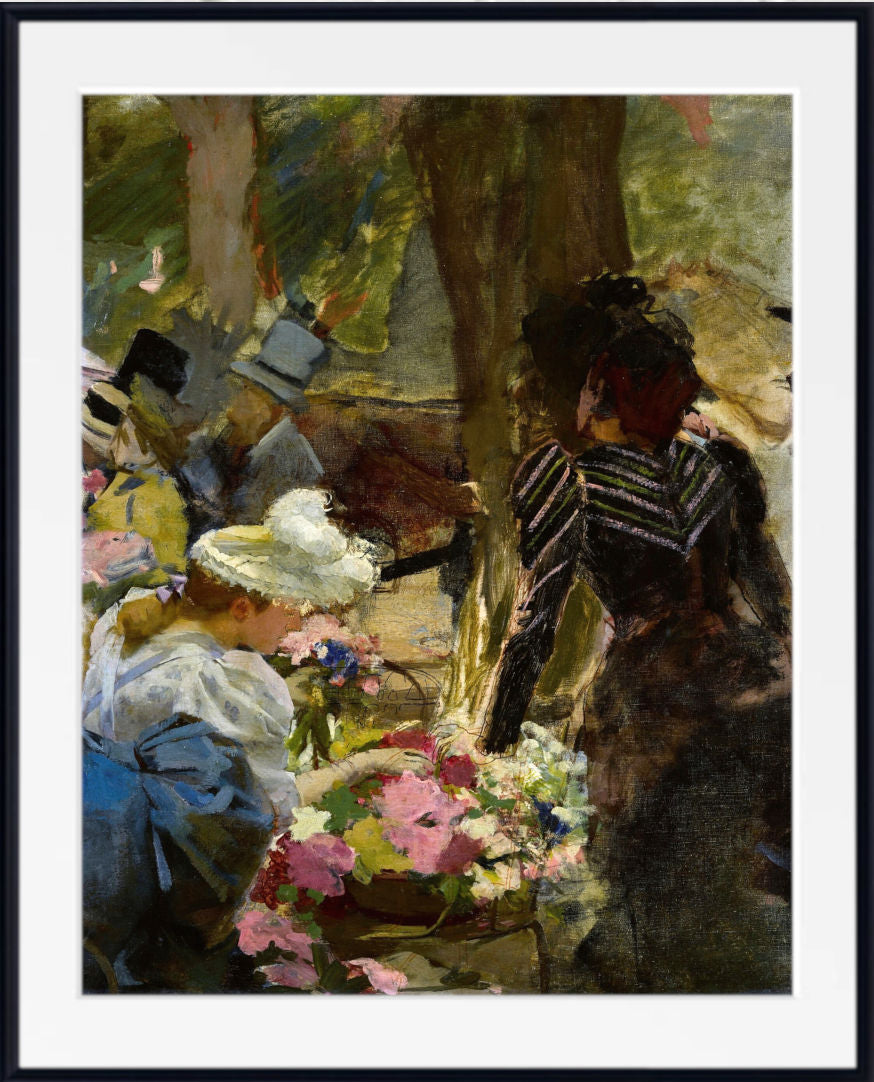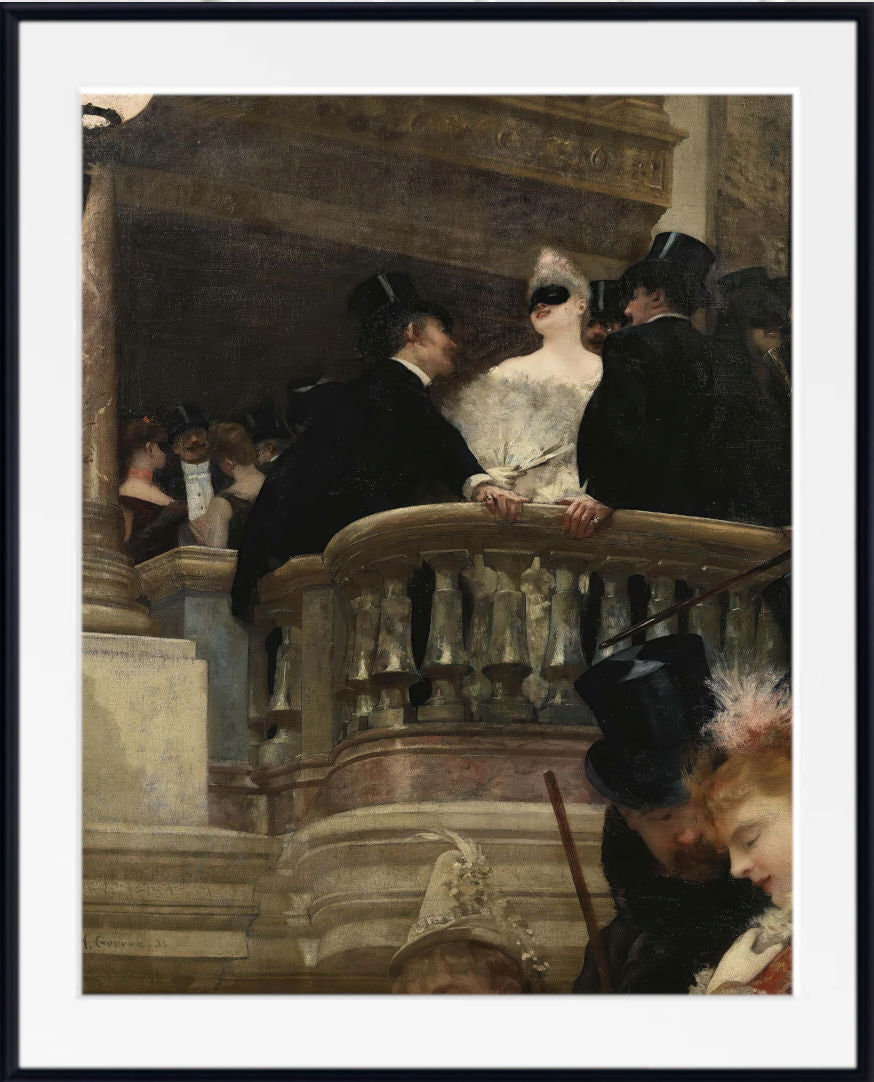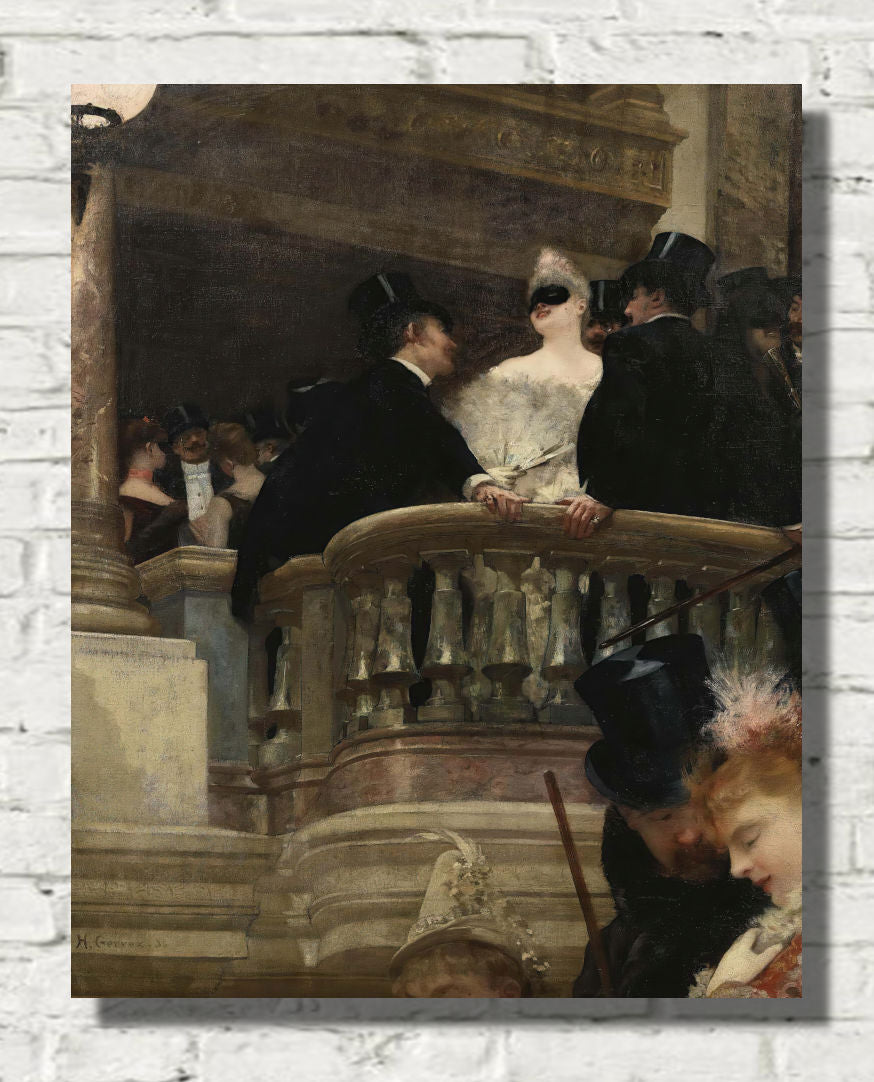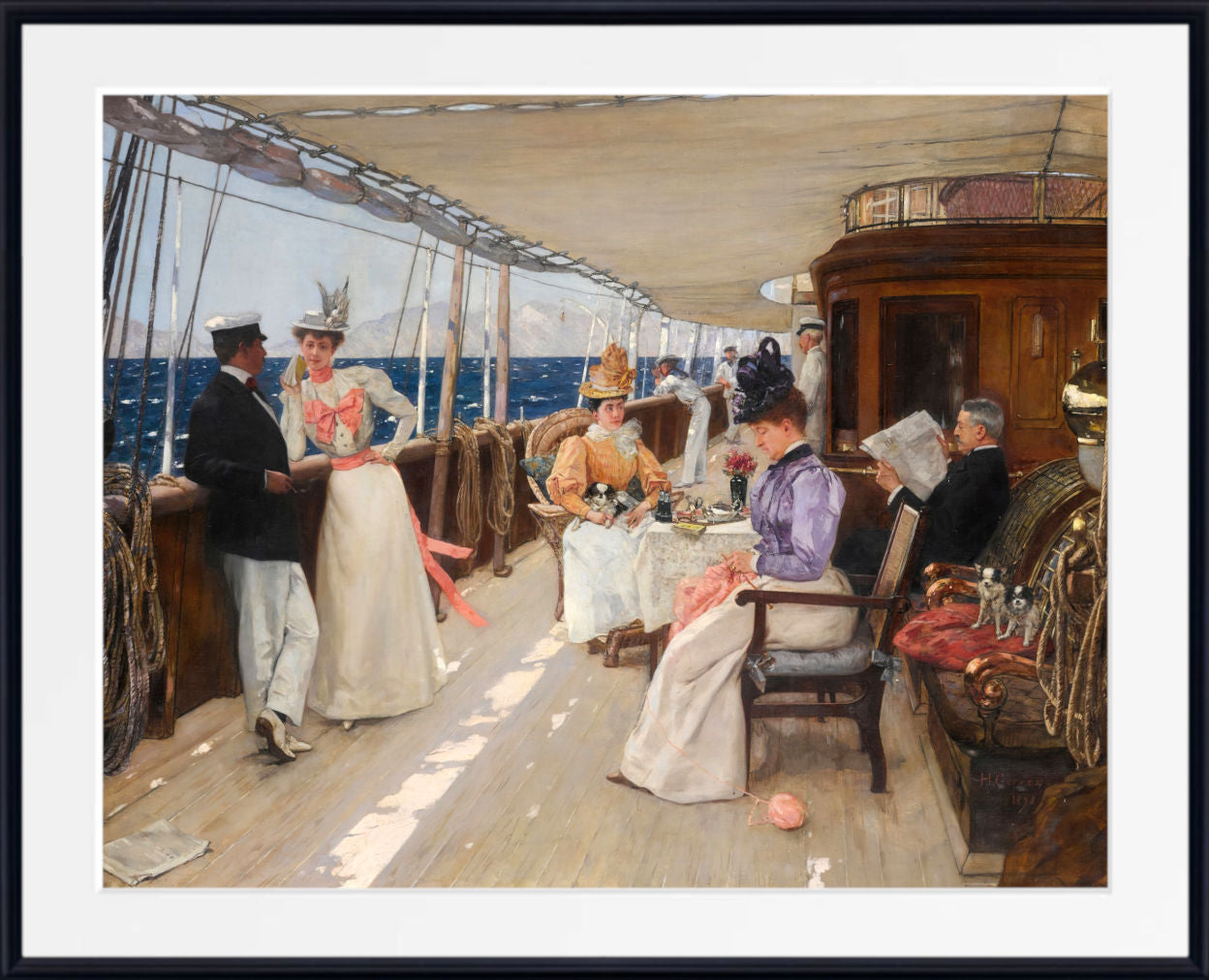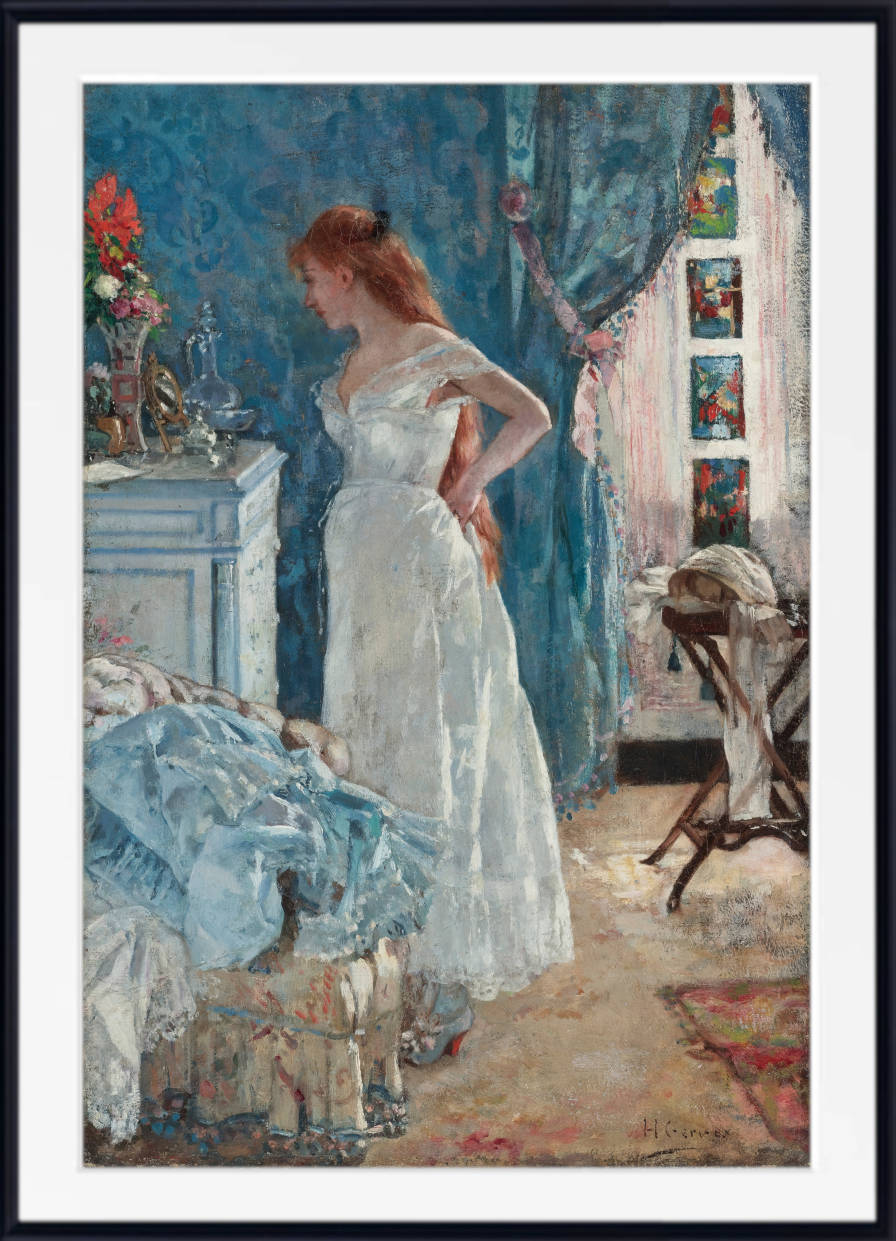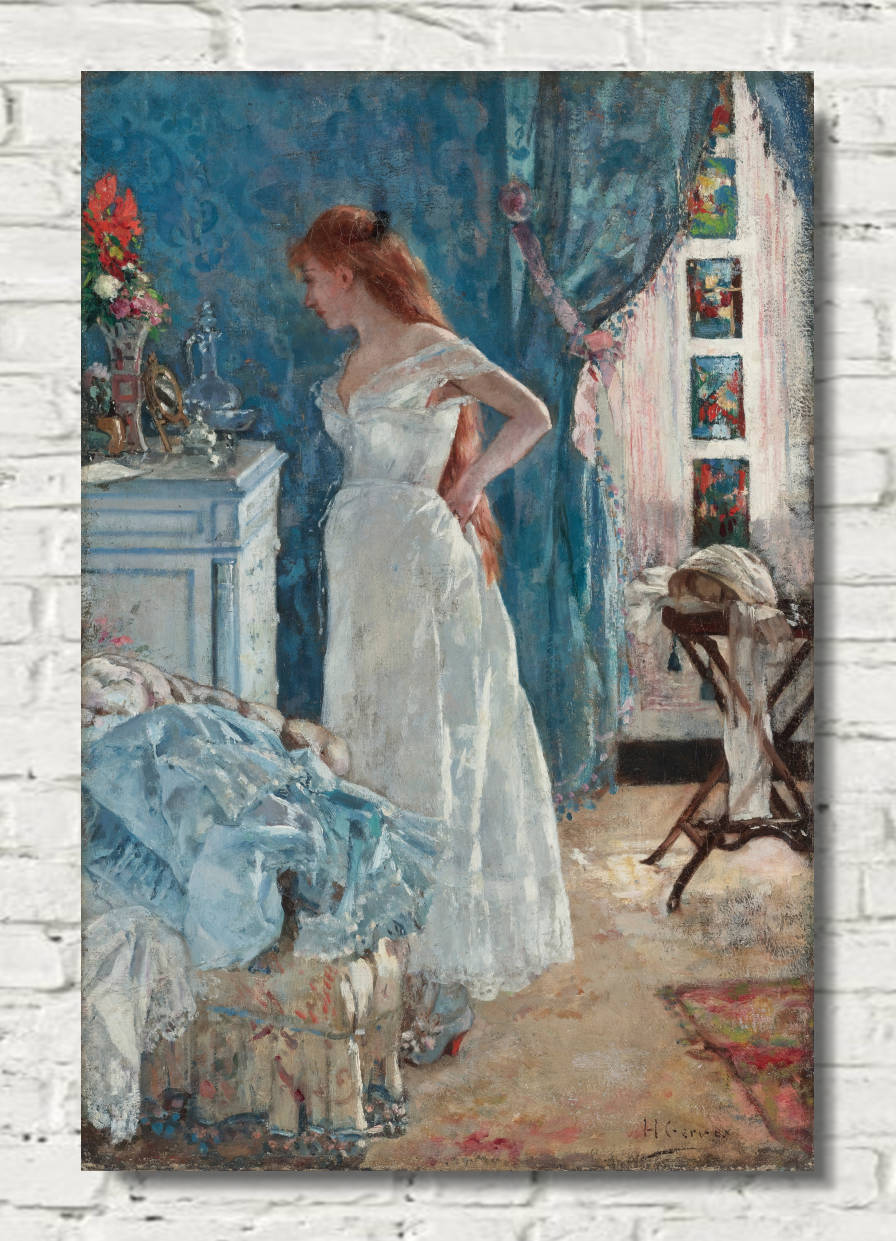Between scandal and sophistication, Henri Gervex (1852-1929) navigated the glittering world of Belle Époque Paris with remarkable dexterity. A painter who masterfully straddled the line between academic tradition and modern sensibility, Gervex's legacy offers a fascinating window into a transformative period in French art and society.
Early Life and Training
Born in Paris's Montmartre district, Gervex displayed extraordinary artistic talent from an early age. At just fifteen, he entered the prestigious École des Beaux-Arts, studying under Alexandre Cabanel, whose influence would shape his early classical style. However, unlike his mentor, Gervex would soon push beyond the confines of strict academic painting.
The Scandal of "Rolla"
The pivotal moment in Gervex's career came with his 1878 painting "Rolla," inspired by Alfred de Musset's poem about a young man's last night with a prostitute. The work was rejected from the Paris Salon not for its nude figure—a common subject in academic art—but for the modern setting and carefully arranged contemporary clothes, which transformed the scene from classical allegory into social commentary. This scandal, far from damaging Gervex's reputation, established him as a bold voice in French art.
Modernist Evolution
Through the 1880s and 1890s, Gervex developed a distinctive style that merged academic precision with modern subjects. His masterful handling of flesh tones and ability to capture the nuances of light earned him prestigious commissions, including the decoration of the Hôtel de Ville and the Sorbonne. Notable works like "Avant l'Opération" (1887) demonstrated his ability to tackle contemporary subjects with classical gravitas.
Society Portraitist
Gervex became the portraitist of choice for Paris's elite, capturing the essence of Belle Époque society. His portraits were celebrated for their psychological insight and technical brilliance, particularly in rendering fabrics and fashionable details. The artist's 1889 portrait of Madame Valtesse de la Bigne stands as a testament to his ability to convey both social status and personal character.
Innovation in Technique
What set Gervex apart was his innovative approach to academic technique. While maintaining the foundational skills of his training, he incorporated:
- Looser brushwork in background elements
- More naturalistic lighting effects
- Contemporary social settings
- Bold compositional choices
- Integration of modern fashion and decor
Cultural Context and Legacy
The Belle Époque (1871-1914) saw Paris transformed by unprecedented wealth, technological advancement, and cultural innovation. Gervex's work reflects this dynamic period, documenting both its glamour and its underlying social tensions. His paintings provide invaluable insight into the period's fashion, social customs, and cultural aspirations.
Influence on Modern Art
Though often overshadowed by the Impressionists in art historical narratives, Gervex's influence on the development of modern French painting was significant. His willingness to engage with contemporary subjects while maintaining technical excellence created a bridge between academic and modern approaches to painting.
Market and Collections
Gervex's works continue to command significant attention in the international art market. Major pieces have achieved notable results at auction, particularly those capturing the elegance of Belle Époque society. His paintings are held in prestigious collections including the Musée d'Orsay, the Petit Palais, and the Metropolitan Museum of Art.
References:
- Weisberg, Gabriel P. "The Beautiful Era: French Painting in the Belle Époque." Art History, vol. 24, 2001.
- Christie's. "Henri Gervex: Master of the Belle Époque." Lot Essay, Sale 15429, 2018.
- Sotheby's. "Property from a Private European Collection: Henri Gervex's Portrait of a Lady." Lot Essay, Sale N09825, 2019.
- Thomson, Richard. "Art of the Actual: Naturalism and Style in Early Third Republic France." Yale University Press, 2012.
- Musée d'Orsay. "Henri Gervex: Between Academic Art and Modernity." Exhibition Catalog, 2016.
- Petit Palais. "Les Peintres de la Belle Époque." Exhibition Archives, 2015.
- Nochlin, Linda. "Representing Women." Thames & Hudson, 1999.
- House, John. "Impressionism: Paint and Politics." Yale University Press, 2004.





